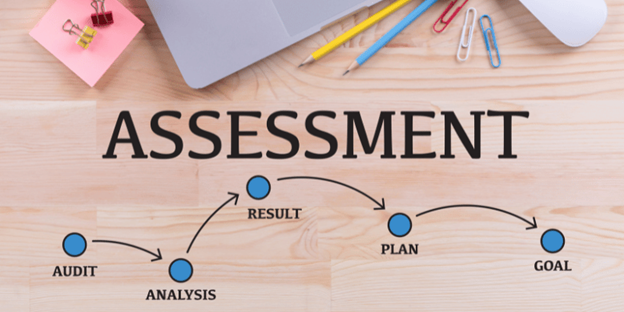
Running an in-plant was once the most efficient way to manage transactional print and mail. However, many organizations now find this model no longer tenable as print communications decline and costs rise for materials, technology, equipment, postage, and labor. Since print and mail aren’t your core competency, it becomes difficult to manage and curtail costs. As a result, many companies are seeking to transition to print outsourcing.
If this is a move you plan to make, here’s what you can expect.
From In-Plant to Print Outsourcing
When making a plan to convert from in-plant to outsourcing, you’ll start with finding the right partner. There are many ways to evaluate those that offer these services. These are the core elements to consider when assessing capabilities.
The Print and Mail Company Should Have In-Plant Transition Experience
The work of transitioning can be complex and involve many different stakeholders. Thus, you need a partner with experience doing this. If they’ve successfully helped other organizations, it’s a sign they know what they’re doing. So, this is the first question to ask. If they don’t have the background, you can’t have confidence that things will go seamlessly.
Other Key Areas to Evaluate Before You Choose a Partner
After you learn about their experience with in-plant transitions, you need to review these companies further, focusing on the benefits you expect while outsourcing:
- Accuracy rate: Transactional print and mail requires high-level accuracy. Mis-mailings can result in noncompliance and reputational harm. Thus, you must know how they ensure accuracy and what processes and technology they use to improve it continuously.
- Compliance protocols: The company you choose should excel at compliance and adhere to all regulatory requirements. They should be compliance experts and do all they can to minimize any risk.
- Security: Everything about the process needs to be security-focused. Data and physical security are non-negotiable. Ask questions about how they receive data, data encryption, cybersecurity measures, how they handle the disposal of sensitive documents, and access safeguards.
- Business continuity: Another area to analyze is how the organization handles unexpected downtime. Ideally, you want a partner with fully redundant locations that have capacity. Inquire about how they handle these situations, their average uptime in the last year and other strategies to ensure no disruptions.
 The Project Should Begin with an Assessment
The Project Should Begin with an Assessment
When moving to outsourcing, an initial assessment is imperative and should be the first step that a vendor recommends. An evaluation of your current operations should include:
- The current state of your in-plant.
- Identification of gaps between current and desired state discovered in the evaluation.
- Recommendations to move from current to the desired state.
- Implementation timeline for moving everything to outsourcing with detailed steps.
Define the Teams and Resources Needed
The next step is discussing who needs to be involved in the move to outsourcing. Your new provider should define the resources they will contribute, including implementation, project managers, account managers, and support services. They should also advise you of the people on your side that will need to be part of the project, such as IT teams and those currently involved in print and mail tasks. Bringing this group together and documenting responsibilities will support a friction-free transition.
Be Prepared to Adapt to New Possibilities
Running an in-plant has many limitations. There are many parts of the process that your new partner can optimize. These are things you may be unaware of or did not have the scale to achieve.
Here are some examples:
- Moving to a White Paper Factory model: In this type of printing, rolls of white paper feed into the printer. Documents and envelopes print simultaneously. The WPF also marries fully digitally composed files with in-line print production and intelligent insertion. With this approach, you no longer need inserts or pre-printed inventory, as you can dynamically print on each letter.
- Transparency in operations: Moving to outsourcing shouldn’t mean you won’t know the status and information behind every job. Print and mail companies like PCI Group provide clients with a secure online business document management portal to track all jobs, pull reports, view postage costs, and more.
Take the Next Step to Outsource Printing with PCI Group
You can expect all these things and more from our team. We have a proven history of transitioning in-plants to outsourcing. Since we have a singular focus on transactional print and mail, we can deliver a migration that’s straightforward and smooth. Learn more about our outsourcing today.


